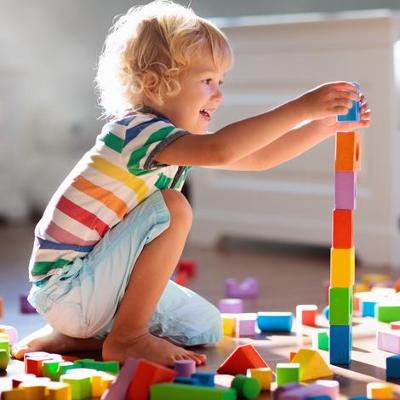Resilence

Resilience is the ability to bounce back after upsets, stress and challenges.
Just like Incy Wincey spider, who is washed out by the rain but then climbs up again, we want to help children to be resilient.
All of us will have to face challenges in our lives, but the good news is that resilience is something that can be learned. Resilient children tend to have better self-esteem and often feel more fulfilled.
How to help children to be resilient
- Praise effort rather that results. A child is more likely to keep trying if you praise them for trying, rather than only praising for 'getting it right'
- Encourage children to believe that problems are solvable. Mistakes are a normal part of life, they are often an opportunity for learning
- Use the magic word 'yet'. 'I can't tie my laces/swim/read my book...yet'. Using the word 'yet' is very powerful. It tells us that this is now, but our parent will help us, and if we keep on trying, then we can be successful
- Be a good role model. Let children know when you are finding something difficult, or when you make a mistake, and then let them see you trying again
- Most important of all is to be interested, supportive and encouraging to your child
''The single most common factor for children who develop resilience is at least one stable and committed relationship with a supportive parent, caregiver, or other adult." Harvard Center on the Developing Child.
In the UK, the Early Years Foundation Stage (EYFS) offers guidelines for early years practitioners about early learning for children under six-years-old. In the section about 'characteristics of effective learning', they talk about being willing to have a go, and persisting. These skills contribute to resilience.

